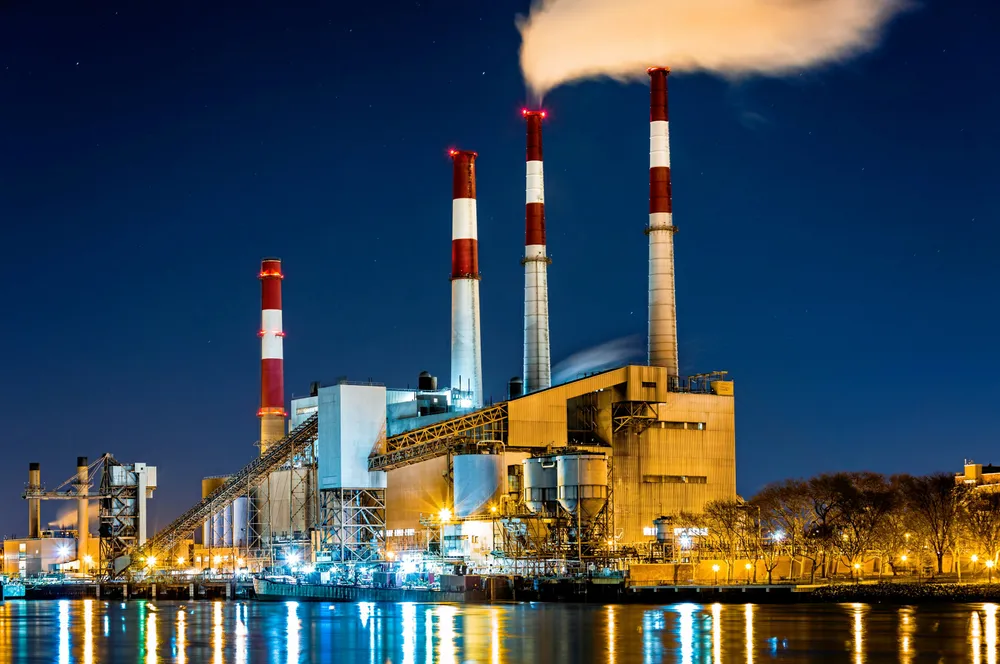'Too expensive' | US regulators drop hydrogen co-firing from power plant decarbonisation plan
H2 likely to cost more in 2030 than we originally thought, says Environmental Protection Agency

H2 likely to cost more in 2030 than we originally thought, says Environmental Protection Agency
